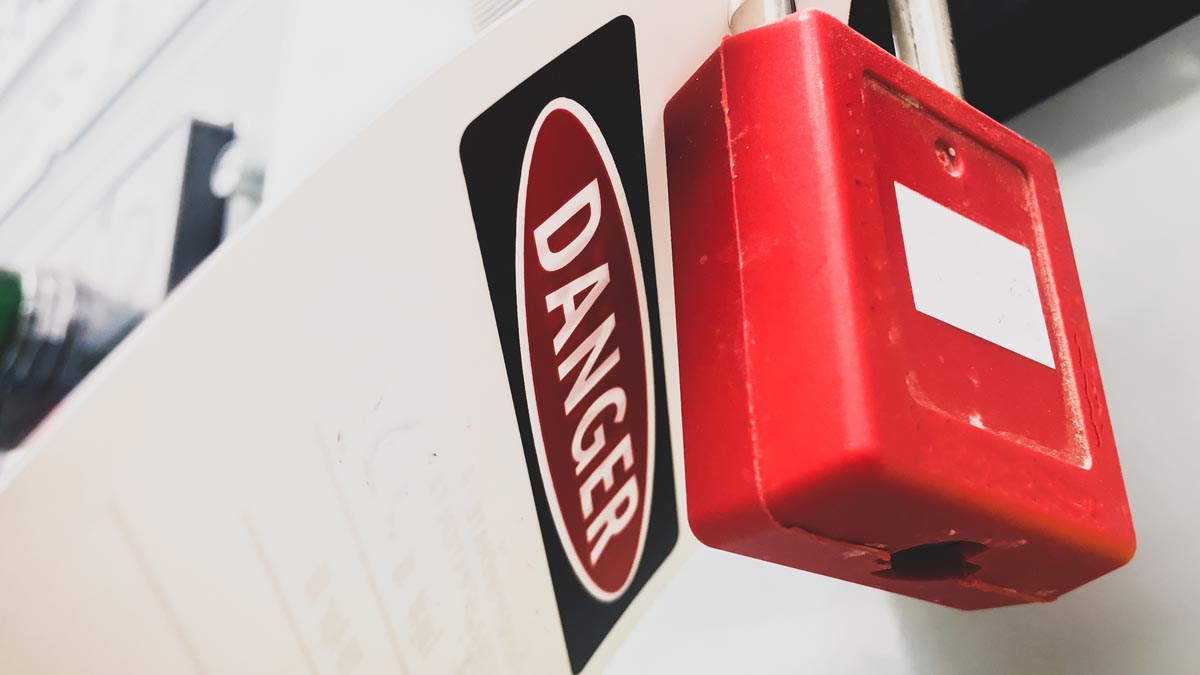Savvy businesses have budget plans and staffing projections because they can be forecast with a reasonable amount of certainty. But how does a business plan for the unexpected? Natural disasters, severe weather and other emergencies cannot always be predicted by reviewing data or studying market trends, yet they account for incidents that can force a small or medium-sized business to close.
In the U.S., the Federal Emergency Management Agency (FEMA) reports that 40% of these businesses close immediately after a natural disaster, and even if they do re-open, many are faced with very difficult times recovering after a disaster. Within one year, an additional 25% close permanently, and over 90% close before the second anniversary of the disaster.
Plan for the Unexpected
The disastrous effects of an emergency can be mitigated (at least partially) by proper safety management training and planning. Part of planning for the unexpected is changing how we think about emergencies. It’s all too easy to think of emergencies in the abstract, thinking that they’re something that won’t ever happen to us.
This approach can lead to major problems. If we don’t expect it to happen, we don’t prioritize it as something that needs our attention. Instead, we need to plan for emergencies as incidents that will happen (not might) and prepare accordingly. This thought shift provides the sense of urgency that drives development of an effective plan. Having an effective plan is the first step in complying with OSHA requirements and preventing potential citations.
What Does an Emergency Action Plan Look Like?
First and foremost, an emergency action plan must be site and operation specific. This means it’s customized to the business’ operations, accounting for things such as building layout, the materials used for operations, the operational procedures, and the resources available, including trained personnel.
The plan’s key components include:
- Evacuation plan and route
- Method and plan to notify employees, customers and other stakeholders of an emergency
- Secondary resources for power, equipment and various supplies
Effective emergency action plans designate a specific job position to lead and coordinate emergency plans and evacuations. Everyone needs to know who will lead during an emergency and understand that the designated leader has the authority to make decisions that everyone must follow.
Safety Management Training
This is one of the most important features of an emergency action plan, because without it, all the other work and preparation is wasted. All personnel can undergo safety management training, so they understand the emergency action plan and know how to respond when necessary.
Refresher training reinforces the initial safety management training and ensures people understand what they need to do and how to do it. Re-trainings also need to happen if the emergency action plan changes or if an individual’s responsibilities under the plan change.
The plan needs to be updated whenever an employee’s responsibilities under the plan change, when the configuration of the space changes (especially if new equipment is added or old equipment is removed), new hazardous materials are introduced, processes are added to the operations that could affect evacuation routes, or when specific actions become required because new hazards are introduced to the operations.
Review Your Emergency Action Plan Regularly
The final component of an effective emergency action plan is regular review. At minimum, the plan should be reviewed annually to ensure it reflects current operations and personnel and that all hazards have been identified and addressed. Far too often, important contact information isn’t updated, so make sure this becomes part of your regular review process.
We can’t prevent every emergency, but we can prepare for them with planning and training to prevent or minimize tragedies. By making sure your emergency action plan is thorough and up to date, your company takes an important step to protect the lives and well-being of your employees, as well as ensuring that an emergency will not end your business.
FCA Emergency Action Plan Resources
- FCA Emergency Action Program (a component of the FCA Safety Manual. Request your company’s safety manual to access the full document if your company has not yet done so)
- Emergency Contact Sheet Example
- FCA Toolbox Talk – Emergency Action Plan: English | Spanish
Request Your Toolbox Talk Access and FCA Safety Manual
Your FCA membership includes access to a Toolbox Talk library and a comprehensive safety manual. Click here to request your company’s access by using the form at the bottom of the page.





Leave a Reply